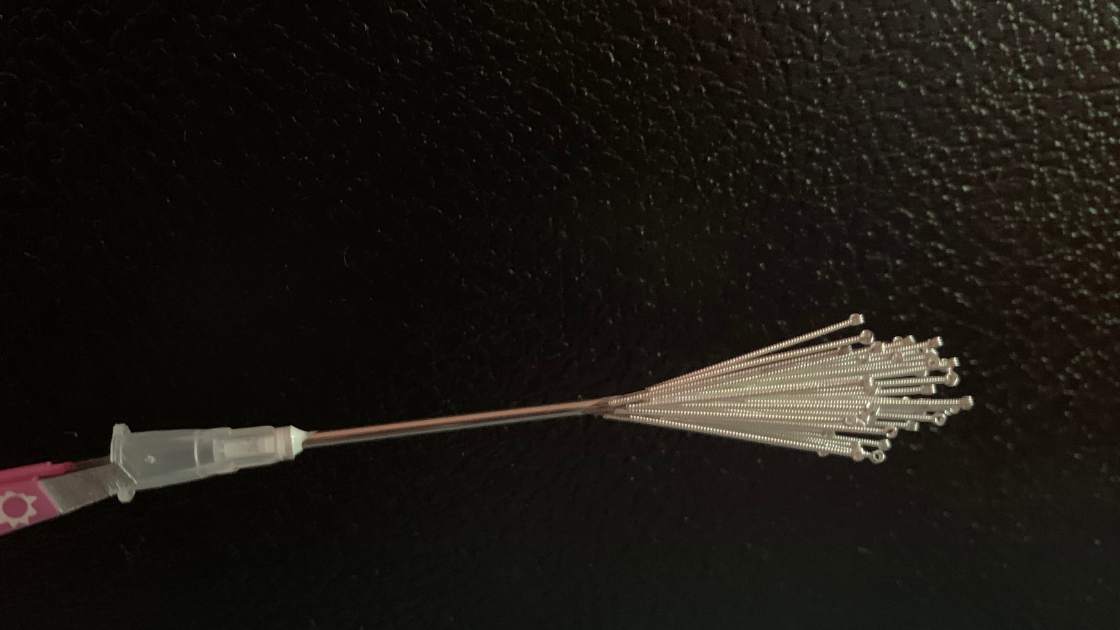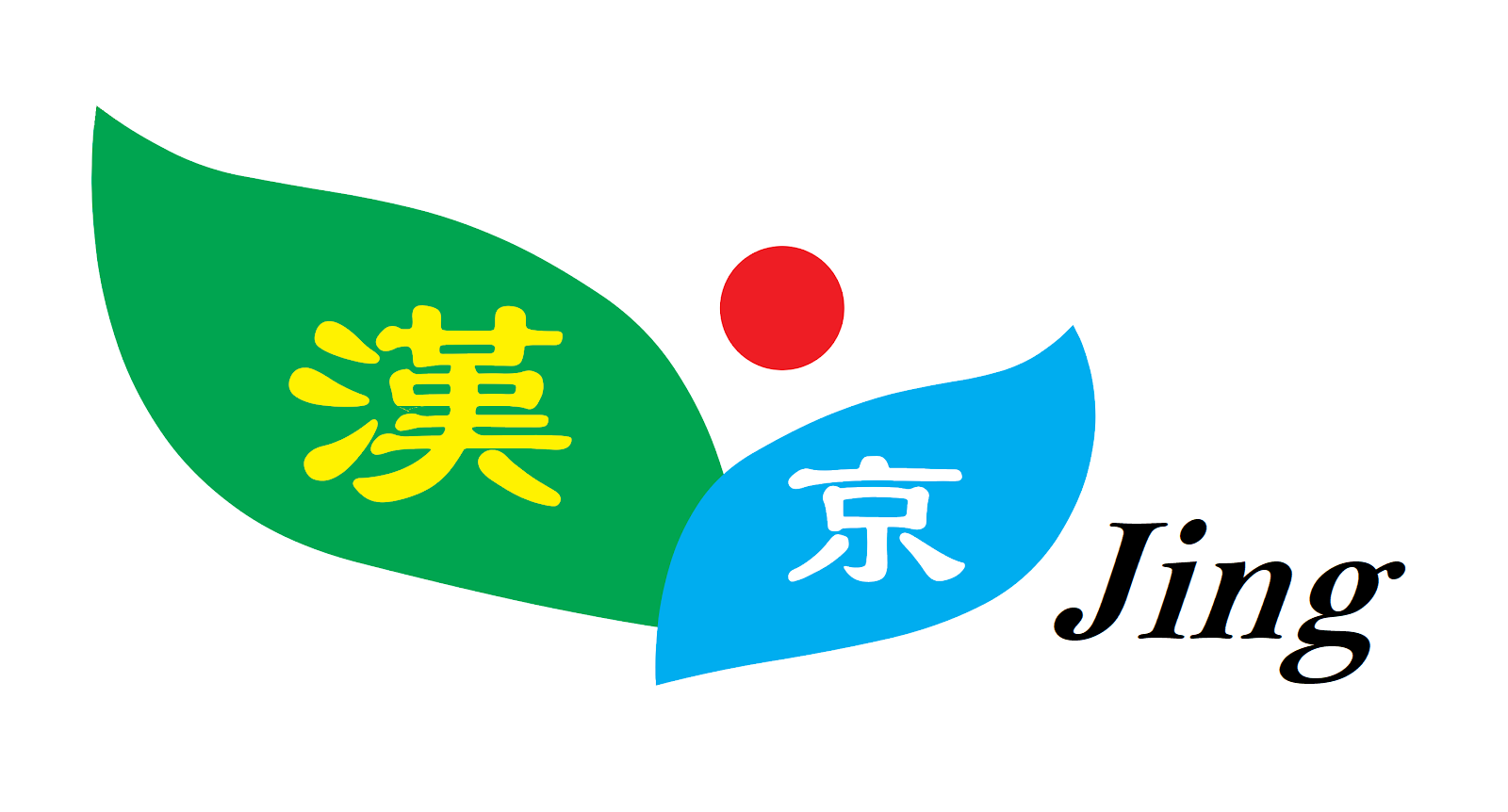
Unveiling the Truth About Chronic Pain
On this page, we will tell you the secret about pain, especially chronic pain that might shock your mind, as most of your concepts about pain were completely wrong or off.
Today, we'll talk about different types of pain, especially chronic pain in the neck, lower back, and knees.
The pain we talk about here includes:
- Pain before or after surgery, like with disc problems for neck or lower back
- Knee problems ready for knee replacement
- Other pain, like elbow, shoulder, and ankle etc.
Actually, neck, lower back and knee are more complicated pain in the body due to the more complex bio structure.
I have worked and partnered with 3 pain specialists at O'Connor Hospital in San Jose for years. They sent pain patients before and after surgery to me all the time because of the excellent outcome of acupuncture for pain.
Acupuncture can help with many pain issues, but it's important to understand where pain really comes from.
This program is special designed by Dr Yaron Wu, L.A.C., DAOM, for patients suffering from pain.
The Pain Doesn't Come From Where You Have Pain
Or the pain is an outcome, something else causes the pain
Most pain, unless it's from an accident or injury, doesn't actually start where you feel it.
For example, neck pain often comes from tension in your arms, and lower back pain can come from your arms or legs. If bending forward makes your back pain worse, it's probably coming from your upper body. If leaning back makes it worse, it's likely from your lower body.
For knee pain, including people who have degeneration or are ready for knee replacement, it is the knee joint tied up as a conflict from hip problems or trunk's over-pressure and lower leg / foot problems including bone instability or foot arch crushing.
So for anybody who has chronic severe knee pain, the muscles always have some super tight spots - but not all of them. The tight muscles will indicate where the tension and conflict in the knee come from.
And for knee degeneration, Chinese medicine has a completely different view. The interesting question is: why in most cases of knee pain with degeneration or patients ready for knee replacement, does one side knee wear out more than the other knee? Sometimes, the other good one has no degeneration at all!
If you are not jumping with one leg all the time, why in your same body does one knee wear out and degenerate more?
This indicates degeneration is the outcome, not the cause of the knee pain in the first place.
That's why Chinese medicine believes we need to treat the cause - something else other than the knee that causes the degeneration and conflicts in the knee which ends up with degeneration.
Without fixing the cause, a knee replacement might lock up the knee, cover the problem, but ignore other existing problems in the body.
WHO IS IN TROUBLE? THE MUSCLE TENSION LOOKS LIKE A BANANA
Many factors contribute to weight gain, and addressing them is key to success:
Chronic pain always comes with/from internal health problems
If you've had pain for more than 6 months that hasn't gotten better, there might be a deeper issue. As we get older, our body's ability to heal itself slows down. We're not like teenagers who bounce back quickly anymore. In these cases, we need to improve your overall metabolism, not just treat the pain. This helps ensure long-term relief.
Chinese medicine looks at health in four stages: health, weakness, sickness, and disease. Pain is often the first sign that something's wrong. It's like when you start having money problems because you're earning less. In the same way, when your body's energy decreases, you might start feeling pain.
Many people think exercise always helps with pain, but too much can actually make it worse. If you have chronic pain, and you're middle-aged, we recommend slow, gentle exercises like Tai Chi, yoga, and breathing exercises.
All these exercises help you feel your body and make you more aware of your body, reconnect your body and your brain and the pain part, and make your whole body harmonize in movement again.
These are good for your health and can help manage pain without putting too much strain on your body.
In my clinic, I often see that chronic pain is linked to long-term stress and poor posture. Mental stress often shows up as physical tension. This is common in high-stress areas like the Bay Area. Your lifestyle, including what you eat, how you sleep, how you exercise and use your body, and how much stress you have, plays a big role in pain management.
Good pain management involves rest - the most important thing you have to do, which is why your body gives you the pain sign - and releasing tension from us as outside help to make the pain muscle about to fully rest.
In acupuncture, we put needles in specific points when we put your body in a specific position to "untwist" the muscle to release tension and improve blood flow. We also look at the bigger picture of your health, including posture, muscle strength, and stress levels.
For long-term chronic pain lasting for years, it's always related to internal health issues, and Chinese medicine identifies different types of pain by the other symptoms that come with the pain.
For example, "spleen type" pain is related to how your body processes food and energy. Other symptoms with spleen type that come with pain are weight gain, big belly, indigestion, and the body's muscle type are weak, soft, flabby muscles, not soft tender, firm muscles.
"Kidney type": other symptoms that come with pain: chronic fatigue, low sex drive, pain is worse after work, and mostly aching pain. It could be worse after sex (lower back pain or aching), or women with period problems, men with prostate symptoms.
Chinese medicine believes that when internal health is involved, pain is just one of the symptoms. When the internal problems are fixed, the body's overall regeneration and recovery ability is improved, and all symptoms including the pain will recover and have long-term outcomes.
In reality, this is the only way to "cure" the pain, not a temporary "fix".
We also recommend Tai Chi, breathing exercises, and heat therapy to support these treatments.
To sum up, pain is often a sign of bigger health problems, and most pain, unless from an accident or trauma on the local spot, is an outcome, not the cause. This includes neck pain (mostly from upper extremity), lower back pain (from upper extremity if pain is worse when bending forward, lower extremity if lower back pain is worse, most is a combination) and knee pain (a tie-up conflict from hip problems and lower leg and foot bone instability).
CALL US TODAY
The Magic Needle

Acupuncture innovation: Over 30 fine needles bundled into a single injection needle, ready for a powerful pain relief session.
DISCLAIMER: These statements have NOT been evaluated by the FDA. The programs and products described herein are NOT intended to diagnose, treat, cure, or prevent any disease. Always consult your physician or healthcare professional before starting this or any other health and wellness program.
